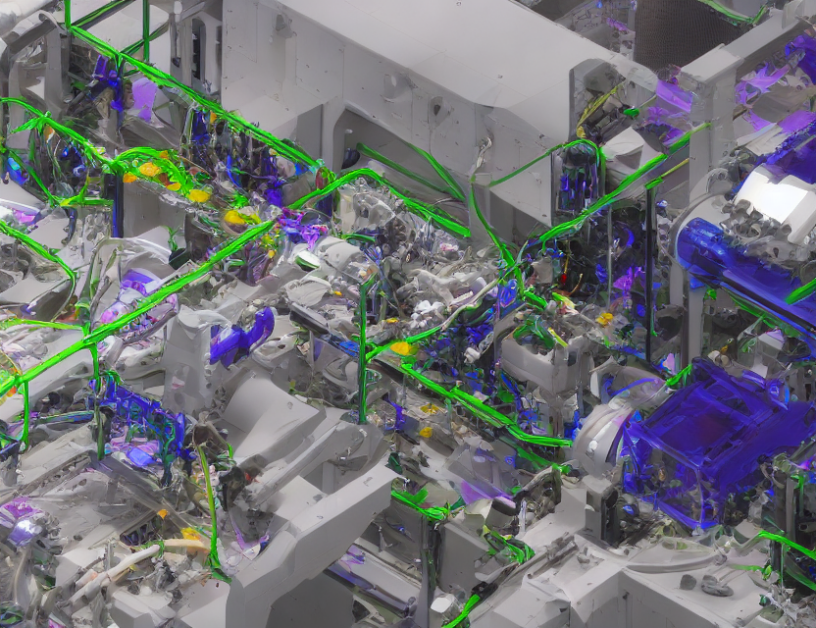In this article, Michael Innes explores the concept of machine learning and how it can be made more efficient and accessible through the use of Julia, a high-level programming language. Julia provides several benefits for machine learning, including faster computation times and an intuitive syntax that makes it easier to understand and work with complex algorithms.
One of the key concepts in machine learning is the use of Quadratic Programming (QP), which involves solving optimization problems that involve nonlinear equations. QP is a powerful tool for solving these types of problems, but it can also be computationally intensive. Innes demonstrates how Julia’s autograd and XLA libraries can be used to simplify the process of solving QP problems, making them faster and more efficient.
Innes also compares the performance of Julia’s QP solver with other state-of-the-art CPU-based solvers for small to medium-scale problems. The results show that Julia’s solver is competitive with these other solvers and offers significant speed improvements for larger-scale problems.
To help readers understand the complex concepts involved in machine learning and QP, Innes uses engaging analogies and metaphors throughout the article. For example, he compares the process of solving a QP problem to a group of people working together to lift a heavy weight, with each person contributing to the overall effort. This analogy helps to make the concept of QP more accessible and easier to understand for readers who may not be familiar with it.
Overall, Innes’ article provides a comprehensive overview of machine learning and how Julia can be used to simplify and accelerate the process of solving QP problems. Through his use of clear and concise language, Innes demystifies complex concepts and makes them easier for readers to understand and appreciate.
Elegant Machine Learning with Julia: A New Frontier in Robotics



